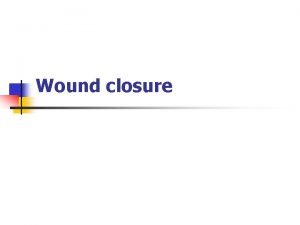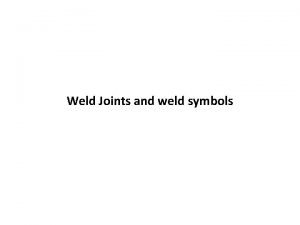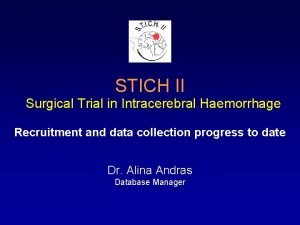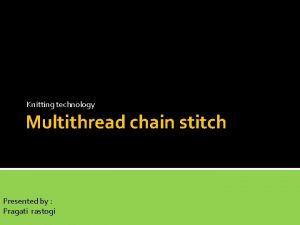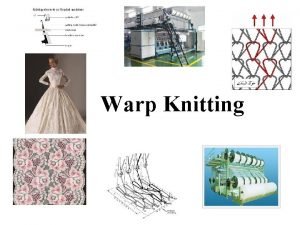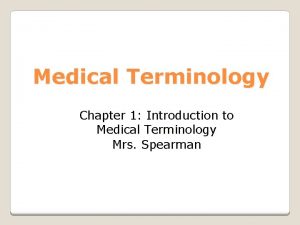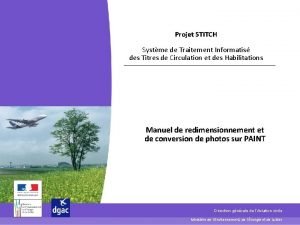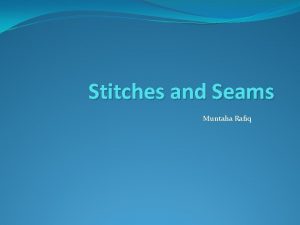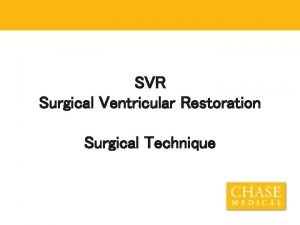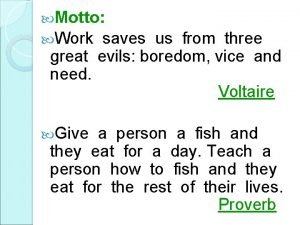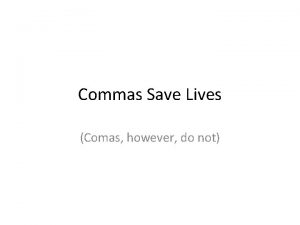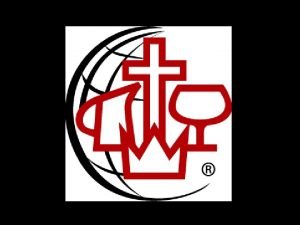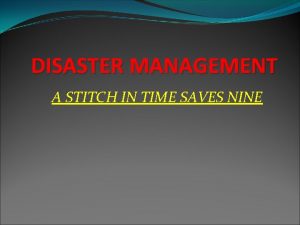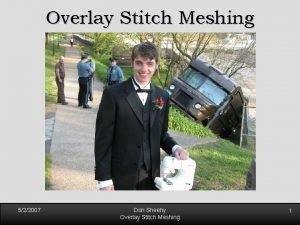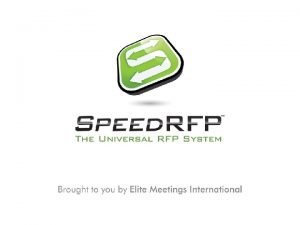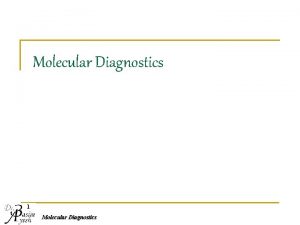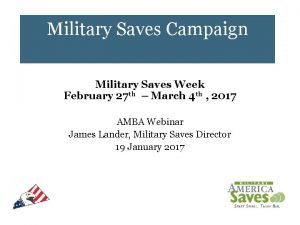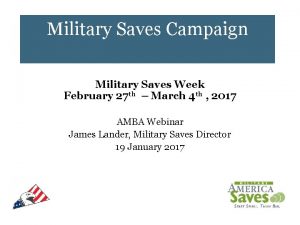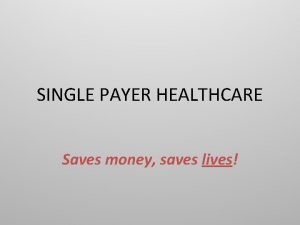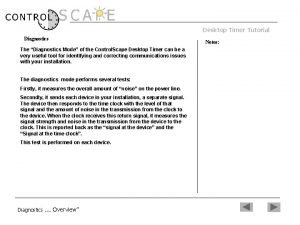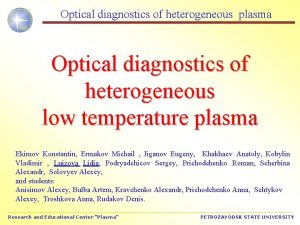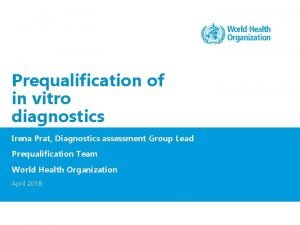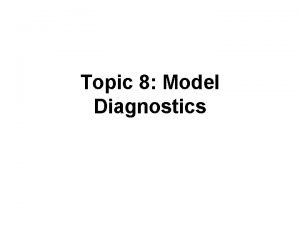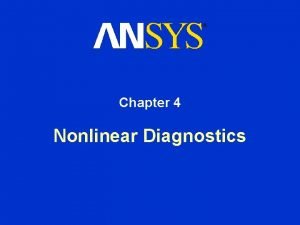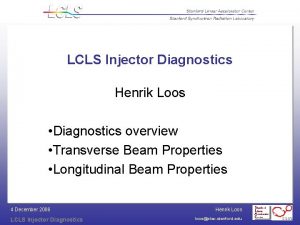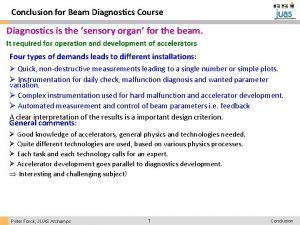A Stitch in Time Saves Nine Program diagnostics





























- Slides: 29

A Stitch in Time Saves Nine • Program diagnostics using the Rayleigh model for executive decision-makers (generic brief) • Dan Davis, Gary Christle, Wayne Abba

Research Task: Questions to Be Addressed • How can an executive effectively use questionable EVM data for management decisions? • Can new tools be developed or “old” tools modified to give earlier warning of impending contract execution problems? 5/19/2021 2

Briefing Agenda • Summarize Rayleigh model • Summarize results of validation • Demonstrate tool – One module for “traditional” analysis – One module for assessment of an original plan before actual cost data has been collected • Potential Impact of study • Potential for future work • Recommendations 5/19/2021 3

The Rayleigh Model Shape parameter. When will peak spending rate occur? Cumulative cost as a function of time (in millions of $) Duration time (in years). What is the current duration of the program? Scale factor. How much will the program cost? Proportion of work completed at time t. 5/19/2021 4

An Example of a Rayleigh Schedule The parameter d tells us the height of the curve. What is the upper bound on cumulative cost? The parameter α tells us the shape of the curve. When does the peak spending rate occur? 5/19/2021 This curve inflects when the rate curve below reaches a maximum. 5

Rayleigh Model Advantages • Rayleigh is a plausible model of cumulative cost accrual over the life of a contract • The model is based on current (then-year) dollars • The model depends only on standard currently available EVM data (no new reports) • The model only requires 3 actual cost submissions and a budget 5/19/2021 6

Rayleigh Model Advantages • The model does not depend on the reliability of Earned Value (BCWP) submissions • The model predicts both EAC and completion date • The model predicts the path of actuals to completion date • The model is Excel-based using standard Solver add-in 5/19/2021 7

Validation of the Rayleigh model • Compared accuracy of predictions considering cost at completion and completion time • Methods compared – Rayleigh estimate – Contractor estimate – PM Estimate 5/19/2021 8

Validation (cont) • Methods compared (cont) – EAC 1 (BAC/CPI plus max of contractor and PM time estimate) – EAC 2 (Actuals+(BAC-EV)/(. 8 CPI+. 2 SPI) plus max of contractor and PM time estimate) – EAC 3 (Actuals +(BAC-EV)/(CPI X SPI) plus max of contractor and PM time estimate) – Note: EAC 1, EAC 2, and EAC 3 methods do not produce an independent estimate of duration time 5/19/2021 9

Validation (cont) • Selected programs for regression analyses • Selected only R&D programs • Selected complete programs – Eliminated programs less than 90% complete to get valid baselines – Eliminated programs with over 2 years between work start and first submission to evaluate early warning utility 5/19/2021 10

Validation (cont) • • • Began with entire CAS database Selected 74 programs Consisting of 115 contracts Earliest start date 1/1/1970 Latest start date 8/1/2002 All services included 5/19/2021 11

Rayleigh validation results 5/19/2021 12

How much better were Rayleigh predictions? (EAC) • All estimates underestimate final cost over 78% of the time. When they underestimate cost: – – – Rayleigh underestimates final cost on average by 30% The contractor underestimates on average by 35% The PM underestimates on average by 37% The EAC 1 method underestimates on average by 34% The EAC 2 method underestimates on average by 34% The EAC 3 method underestimates on average by 32% 5/19/2021 13

How much better were Rayleigh predictions? (time) • All estimates underestimate final contract duration over 73% of the time. When they underestimate duration : – Rayleigh underestimates duration on average by 24% – The contractor underestimates on average by 35% – The PM underestimates on average by 55% 5/19/2021 14

Conclusions from database validation • Rayleigh yields best estimate of final cost • Rayleigh yields best estimate of time duration 5/19/2021 15

Conclusions from database validation (cont) • Rayleigh is still short of final cost on average by 30% • A basic assumption of all EAC techniques is that we know full scope at the time of prediction and we fit the sparse data with a single Rayleigh curve • Earlier CNA study (“Program Cost Growth: The Navy’s Experience 1983 -2004”) – Total cost growth is level from 1978 -2004 – Within the total, the “overrun" component is declining and the “changes” component is increasing • We think the bulk of the 30% shortfall is attributable to contract changes 5/19/2021 16

Executive Cost and Schedule Assessment (XCa. SA) tool • Executive Plan Assessment Module (XPAM) – Allows executive to assess plan realism before any actuals are submitted • Executive Contract Assessment Module (XCAM) – Allows executive to assess contract performance after at least 3 submissions of actuals 5/19/2021 17

XCa. SA (cont) • XCAM (cont) – Incorporates Rayleigh estimates – Displays “traditional” analysis for comparison – Incorporates relevant DCMA tripwires 5/19/2021 18

New metrics (XCAM) • Cost Overrun Vulnerability Index: • Schedule Slip Vulnerability Index: 5/19/2021 19

New features (XPAM) • Plan Validity Index • “What if” drills 5/19/2021 20

XCa. SA advantages • User friendly • Interactive • Provides useful information early in life of contract • Uses built-in Solver add-in with widely used Excel spreadsheet software • Provides business insights 5/19/2021 21

Dashboard view of XCAM 5/19/2021 22

Dashboard view of XPAM 5/19/2021 23

XPAM Advantages • Only XPAM can assess the initial plan – Current EVM diagnostics cannot assess the plan until after submission of some number of full EVM data • Often more than a year after contract start 5/19/2021 24

XCa. SA Tool Status • Tested XCAM with multiple current programs • Tested XPAM with notional initial program management baselines 5/19/2021 25

Potential Impact • Improve oversight of programs • Obtain early assessments of plan and contract execution • Make better informed tradeoff decisions • Make EVM tool of choice across the government 5/19/2021 26

Potential Future Studies • Investigate use of the model with program level budget data • Apply model to procurement contracts • Upgrade tools with user feedback – Open source management of tool • Develop Monte Carlo policy simulation package with Rayleigh spline for tool • Upgrade “insight” prompts in tool 5/19/2021 27

Recommendations • Require Rayleigh EAC and estimate of duration time for R&D contracts – Lower estimates must be explained • Fund XCAM upgrades – – upgrade insight aspect of tool Examine the “missing” 30% of EACs Evaluate use with program level budget data Upgrade code functionality and user interface • Fund study of indicators of a reliable contractor EVM system 5/19/2021 28

Conclusions • Questions/Comments 5/19/2021 29
 Fast food saves time
Fast food saves time Aesthetic closure
Aesthetic closure Types of welding joints and symbols
Types of welding joints and symbols Chest tube suture
Chest tube suture Stitch 2 trial
Stitch 2 trial 401 stitch type
401 stitch type Whats a husband stitch
Whats a husband stitch Baseball stitch classical cesarean
Baseball stitch classical cesarean Overlap and underlap in warp knitting
Overlap and underlap in warp knitting Stay stitch length
Stay stitch length The word root athr means ________
The word root athr means ________ Allgower suture
Allgower suture Stitch aviation civile
Stitch aviation civile Zigzag stitch
Zigzag stitch Class 600 stitch
Class 600 stitch How a sail works
How a sail works Imbricating stitch
Imbricating stitch Figure of 8 suture
Figure of 8 suture Don sheehy sewing machine
Don sheehy sewing machine Baseball stitch suture
Baseball stitch suture God saves name
God saves name Work saves us from 3 evils
Work saves us from 3 evils God saves me
God saves me Hosanna hosanna come praise him
Hosanna hosanna come praise him Which of the two architecture saves memory? *
Which of the two architecture saves memory? * Arcutha
Arcutha I believe jesus saves
I believe jesus saves Commas in a series example
Commas in a series example Portia slides carnival
Portia slides carnival Yahweh saves
Yahweh saves

